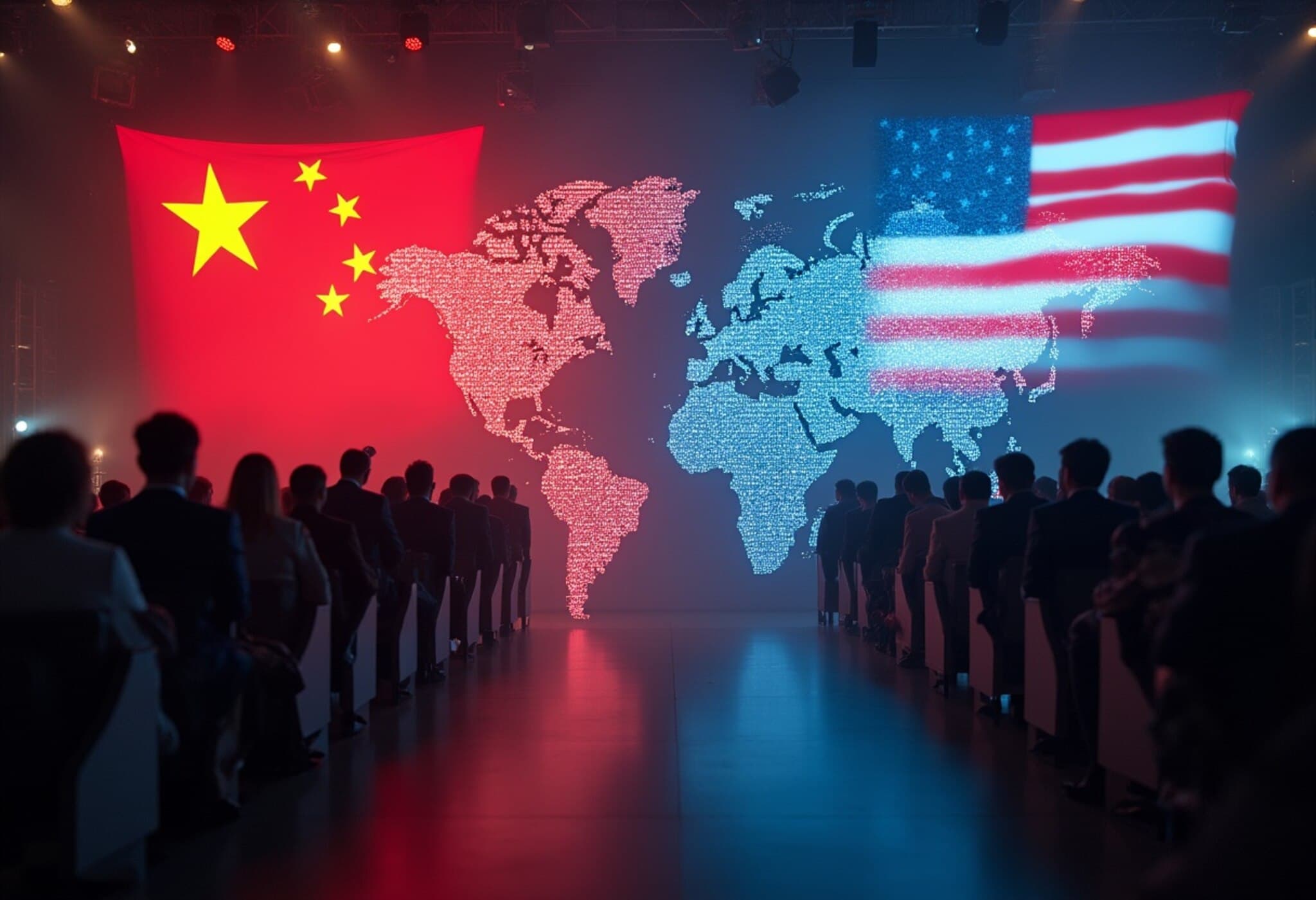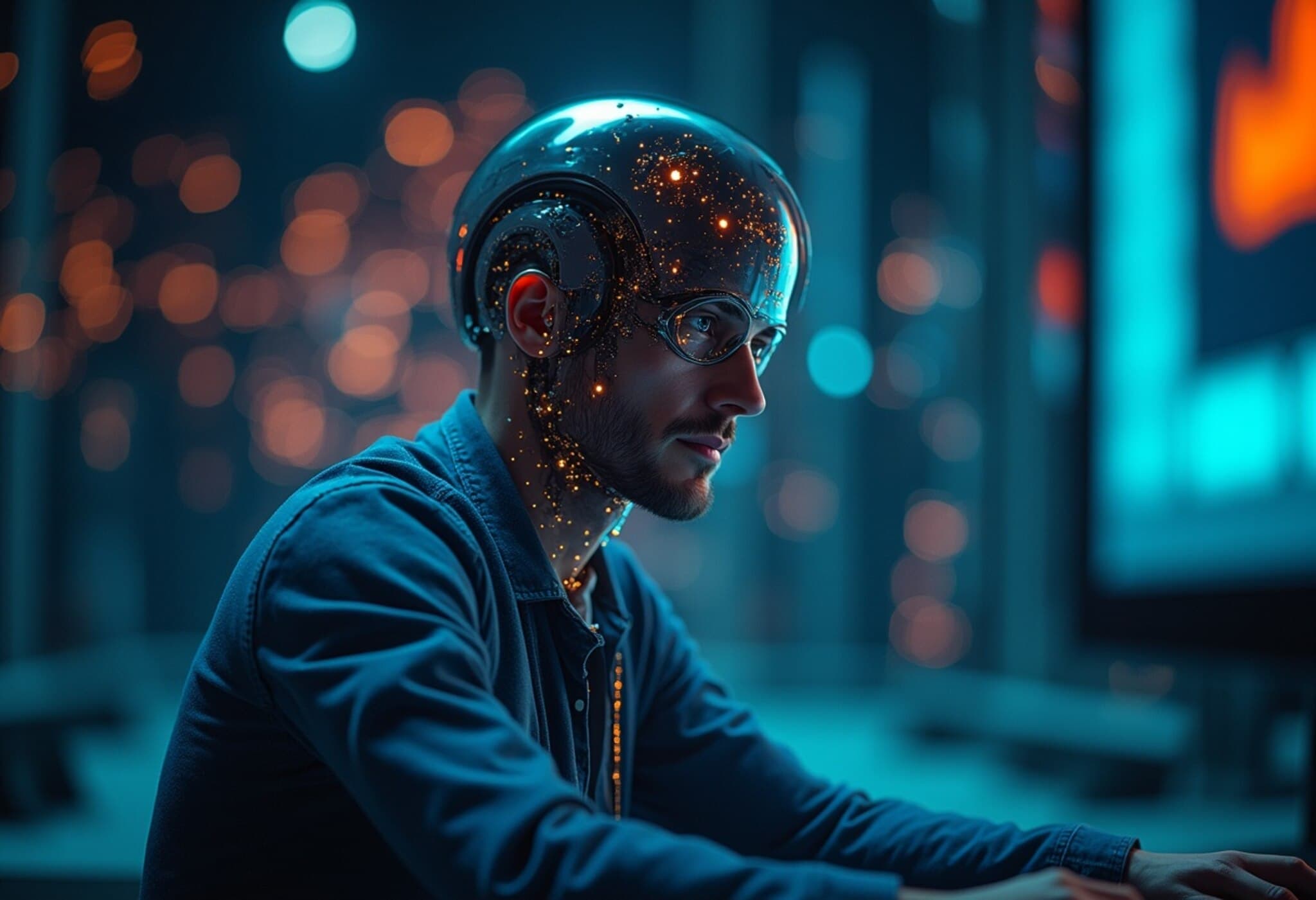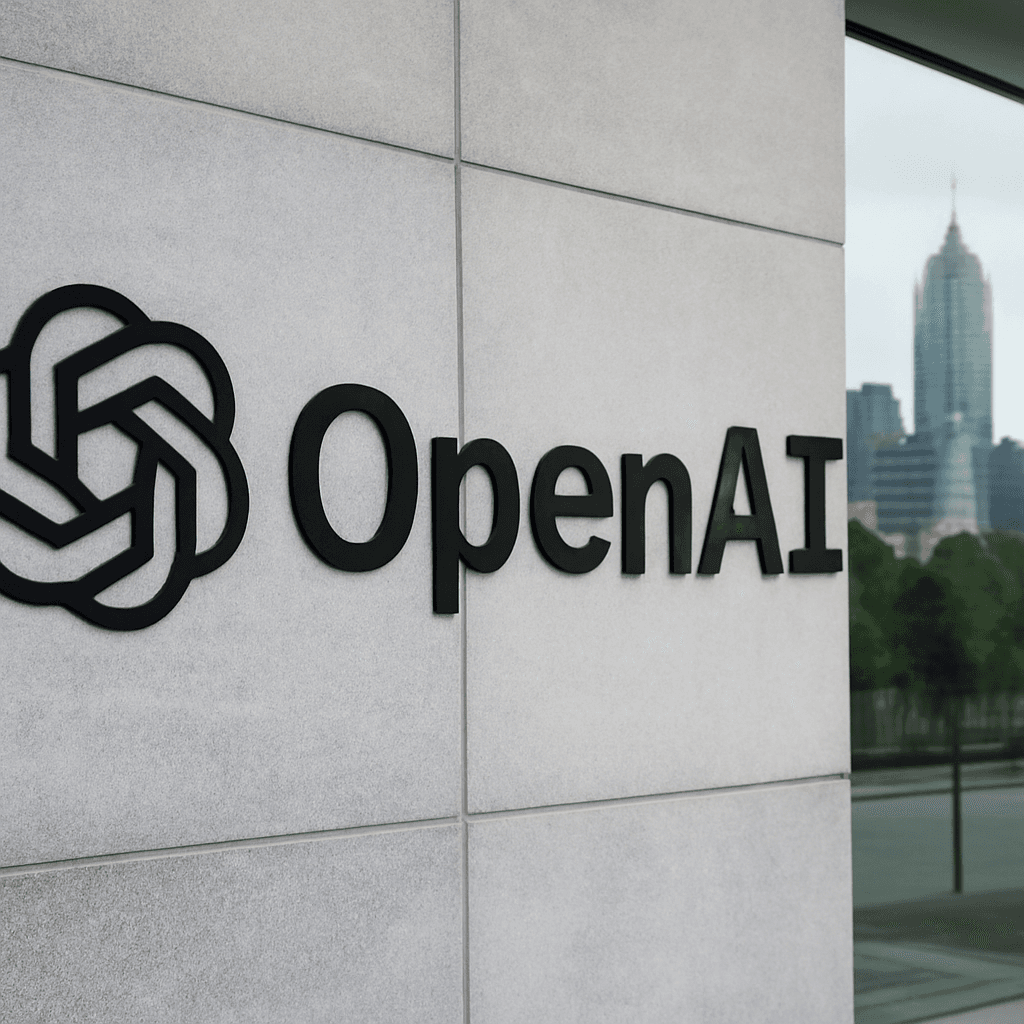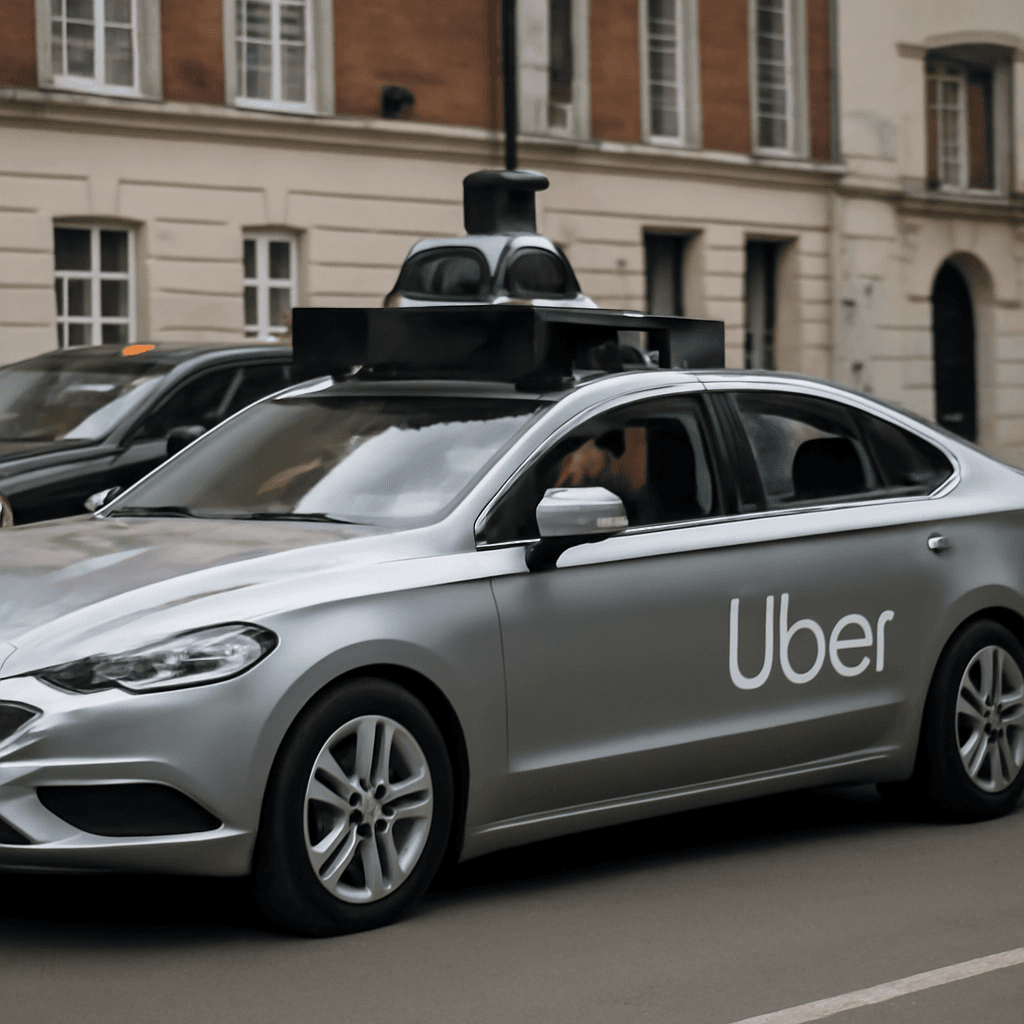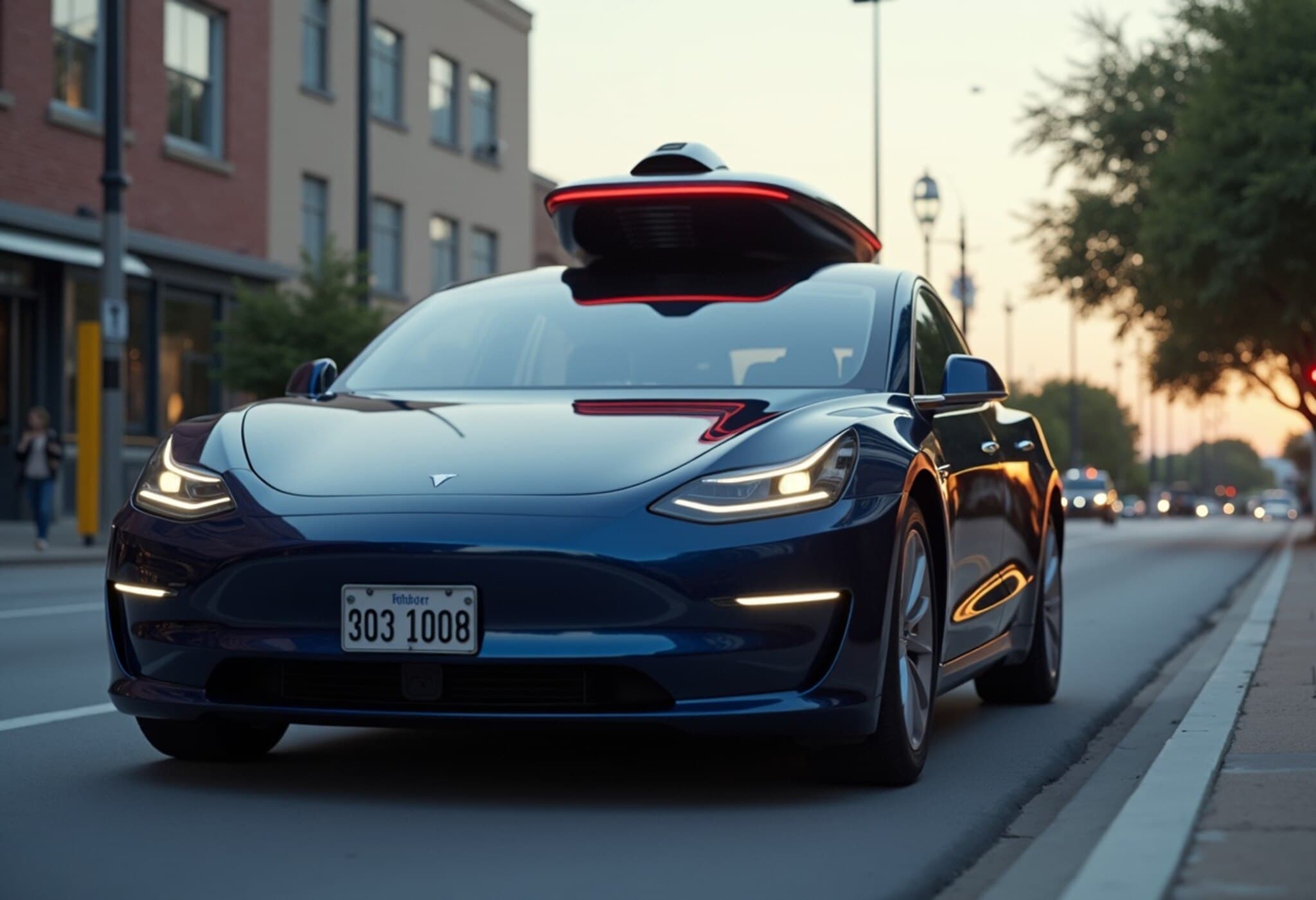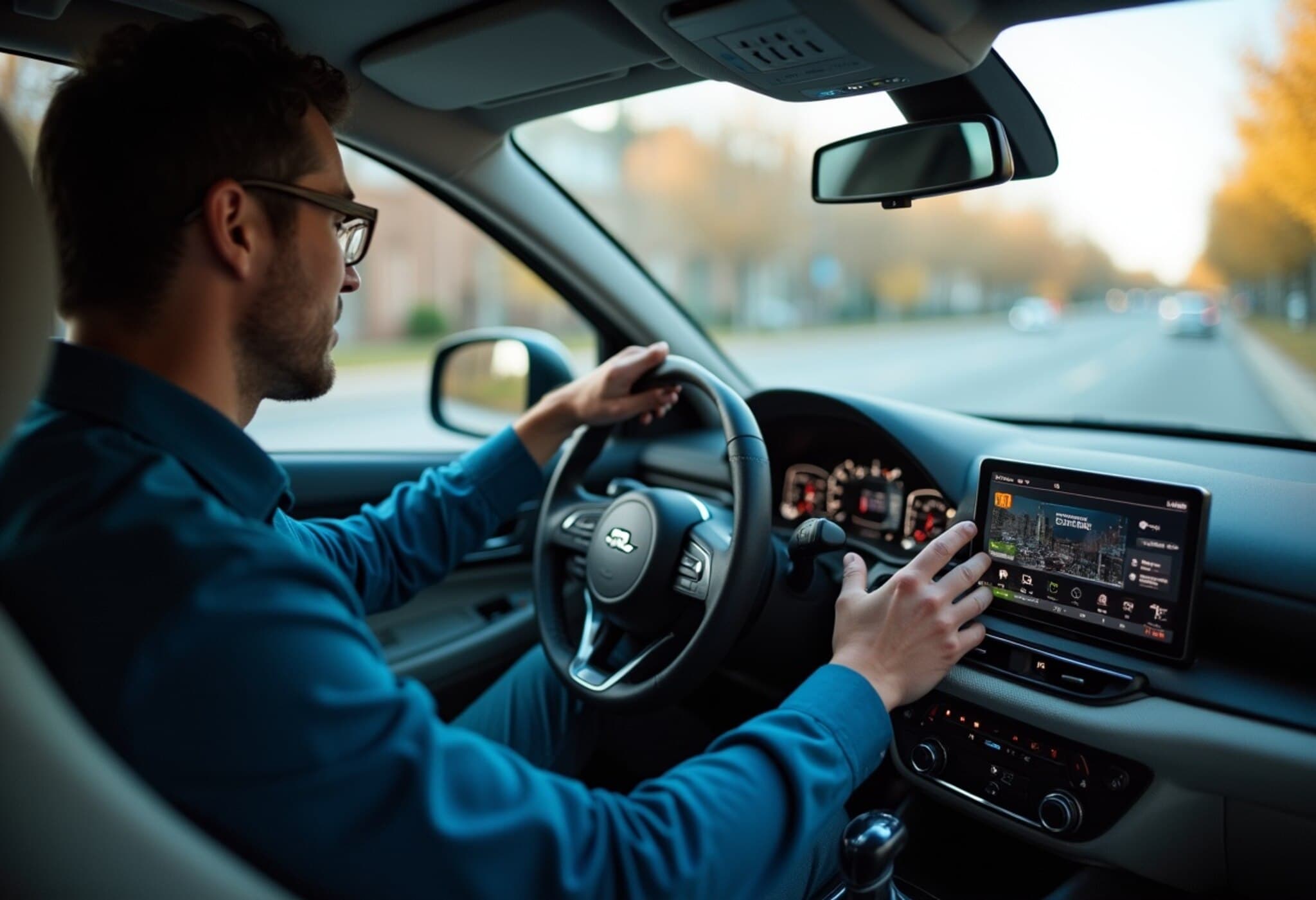Meta Launches V-JEPA 2: A New Era for AI in Robotics and Autonomous Systems
Meta has introduced V-JEPA 2, an innovative AI world model designed to elevate the way robots and self-driving cars interpret and interact with the physical environment. This cutting-edge technology enables machines to engage in sophisticated 3D reasoning and video-based learning, marking a significant step forward in autonomous intelligence.
Understanding V-JEPA 2: A Leap in AI World Modeling
Unlike traditional AI systems dependent on heavily labeled datasets, V-JEPA 2 leverages unlabelled video footage to build an internal 3D simulation of real-world environments. This capability allows AI to reason, predict, and plan actions similarly to human cognitive processes. As a world model, it equips AI with the ability to grasp movements and dynamics in unfamiliar surroundings, thus enhancing adaptability and decision-making.
Why World Models Matter
In essence, world models serve as mental blueprints, enabling AI to intuitively understand cause-and-effect relationships in physical spaces—much like humans instinctively predict how objects behave or navigate crowded spaces. For AI, this translates to recognizing objects, anticipating changes, and planning steps ahead, essential for operating effectively in the real world.
Technical Insights and Applications
- Model Size: V-JEPA 2 comprises 1.2 billion parameters crafted under the Meta Joint Embedding Predictive Architecture (JEPA).
- Capabilities: Improved action prediction and seamless interaction with unknown objects or environments.
- Uses: Critical for self-driving vehicles, robotics, augmented reality, and advancing AI assistants.
This model notably harnesses a "latent space" to reason about object movement and interaction without requiring exhaustive labeled training data, streamlining the learning curve.
Industry Impact and Future Prospects
The unveiling of V-JEPA 2 highlights Meta's intensified focus on AI development amid fierce competition in the field. The company is committing substantial investment toward scaling AI capabilities, underscoring a vision where machines autonomously learn about and adapt to the world's dynamics.
Experts describe world models as "abstract digital twins of reality", a concept that propels AI beyond language processing to tangible real-world applications. This technology joins a growing movement, with other industry leaders pursuing similar models that simulate and navigate 3D environments in real time.
Looking Ahead
As AI continues to evolve, intelligent world models like V-JEPA 2 promise to bridge the gap between virtual understanding and physical interaction. This breakthrough paves the way for more responsive, goal-driven AI systems capable of performing complex tasks and adapting on the fly in diverse environments.


